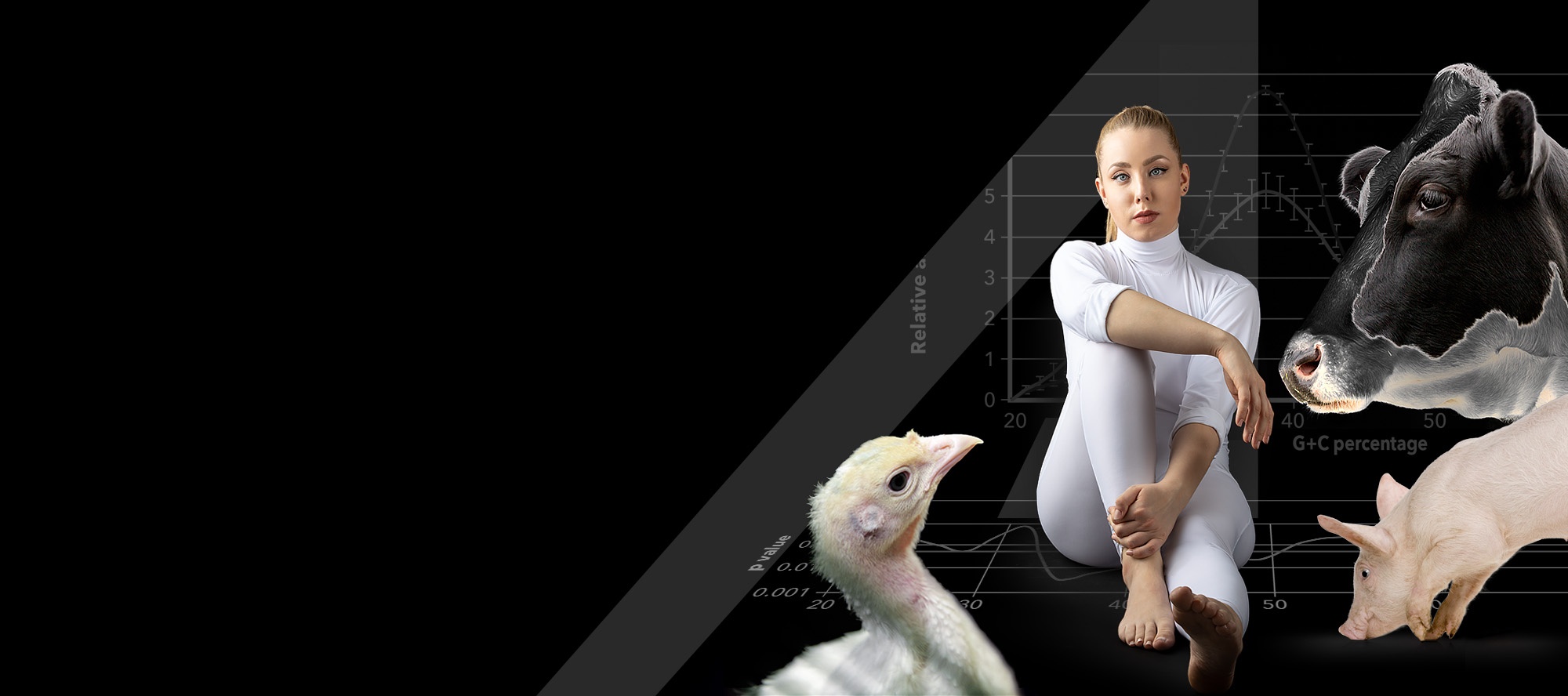The suggestion of reverse peristalsis from caecum to small intestine has puzzled researchers at Alimetrics for a long time, since it is strongly contradictory to our general findings in analyses of bacteria and their metabolites along the intestinal tract of broiler chickens and the fundamental differences between intestinal segments. If reverse peristalsis were frequent and powerful, these characteristic features of different intestinal segments regarding biomarkers and dietary nutrients could not exist.
Some studies have reported reverse peristalsis in the intestine of broiler chickens that is strong enough to carry digesta from the cloaca all the way back to the crop. This has been shown in studies with soluble marker compounds and bacteria injected into the cloaca, in most cases using fasting birds. It has been proposed that the physiological purpose of this observed reverse peristalsis or reflux is to move digesta back to the duodenum when a bird is hungry, as a form of internal coprophagy, a way to recover even traces of energy and nutrients from available feed. However, in many other studies no reflux from the colon/caecum to the ileum has been observed.
Analysis of intestinal microbiota and metabolism
At our laboratory, we have analysed thousands of ileal and caecal digesta samples from all around the world and determined the composition of microbiota and their metabolites. We have found that digesta samples from the ileum and caecum are, without exception, highly distinct, provided that sampling is carried out carefully (we recommend discarding 1 cm of ileum proximal to the ileocaecal junction). The ileum is strongly dominated by species of Lactobacillus, while they represent only a minor proportion of bacteria in the caecum. Bacterial density in the caecum is significantly higher and the dominating bacteria belong to the families Lachnospiraceae and Ruminococcaceae. Since the density of these bacterial groups alone in the caecum exceeds the total bacterial density of the ileum by a factor of 100, even 1% of caecal digesta mixed into ileal digesta would fundamentally change the composition of the ileal microbiota. Among thousands of samples analysed in our laboratory, we have never observed these caecal bacterial families representing a significant proportion in the ileum, suggesting that potential contamination by caecal digesta is negligible (<0.01%). On analysing volatile fatty acids in caecum and ileum, we have come to the same conclusion.
Propionic and butyric acids are characteristic metabolites of caecal bacteria and are not produced at all by ileal bacteria, which is obvious from analysis of ileal and caecal contents. In the caecum, the concentration of butyrate often exceeds 20 mM, while in the ileum concentrations above 0.1 mM are seldom found. Therefore, mixing of more than 1% of caecal digesta to ileal contents would again be easily detectable in this analysis.
Reverse peristalsis, a contradictory observation?
If reverse peristalsis were so powerful that cloacal digesta could be found in crop, why do we still detect gradual characteristic changes in dry matter content, crude protein, amino acids, carbohydrates, microbiota composition, and microbial metabolites on moving from proximal to distal intestine? This raises the question of whether reverse peristalsis in the digestive tract is relevant only when the bird has been fasting, and not under normal production conditions. Is it possible that the contents of cloaca can undergo orad motion, but that with less frequent caecal emptying the motion is always aborad? Has the possibility of coprophagy and thus introduction of marker compound from the oral route to the proximal intestine been excluded in studies proposing reverse peristalsis? Our objective here is to articulate the obvious contradictions in reported findings and to prompt a discussion on this matter, which is highly important in quantification of any analytes relating to nutrient digestion and intestinal health.
References to literature available upon request.



